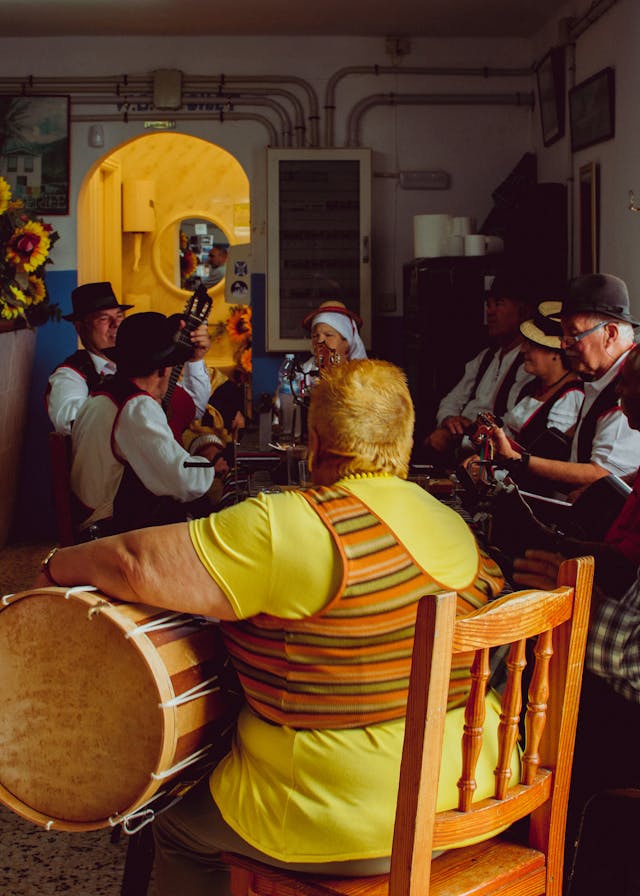About Tenerife

Tenerife is the largest and most populous island of the Canary Islands, a group of Spanish islands located off the northwestern coast of Africa. It covers an area of 2,034 square kilometers (785 square miles) and has a population of around 950,000 people. The island is renowned for its diverse landscapes, which include stunning beaches, lush forests, volcanic mountains, and charming towns. Its warm climate, with average temperatures ranging from 18°C (64°F) in winter to 24°C (75°F) in summer, makes it a favored destination for tourists year-round.
History
Tenerife’s history is rich and varied, stretching back thousands of years. The island was originally inhabited by the Guanches, an indigenous people of Berber origin. The Guanches lived in relative isolation until the arrival of the Spanish in the late 15th century. In 1496, after several years of conflict, the Spanish conquistadors led by Alonso Fernández de Lugo defeated the Guanches, and Tenerife became part of the Spanish Empire. During the colonial period, Tenerife developed through its strategic location for trade between Europe, Africa, and the Americas. The island saw the construction of several fortresses to protect against pirate attacks and other colonial conflicts. Tenerife also played a key role in the transatlantic slave trade and the trade of goods such as sugar, wine, and cochineal (a red dye made from insects). In the 19th century, Tenerife experienced economic changes with the shift from traditional agriculture to the export of bananas and tomatoes. In the 20th century, the island became a popular tourist destination, and tourism has since become a major economic driver. Today, Tenerife is an autonomous community of Spain, known for its thriving tourism industry and cultural heritage.

Culture
Tenerife boasts a rich cultural heritage that blends indigenous Guanche traditions with Spanish influences. The island is known for its festivals, traditional music, and cuisine. One of the most famous cultural events is the annual Carnival of Santa Cruz de Tenerife, one of the largest and most colorful carnivals in the world. This vibrant festival, held in February or March, features parades, street parties, and elaborate costumes, attracting visitors from around the globe. The island is home to several museums, theaters, and cultural centers that showcase its artistic and historical achievements. Notable cultural institutions include the Museum of Nature and Archeology (MUNA), the Tenerife Espacio de las Artes (TEA), and the Auditorio de Tenerife, a striking concert hall designed by renowned architect Santiago Calatrava. Music is an integral part of life in Tenerife, with folk music being particularly popular. Traditional Canarian music often features instruments like the timple (a small string instrument similar to a ukulele), guitar, and drums. Traditional dances, such as the "isa" and "folías," are performed at local celebrations and festivals. The gastronomy of Tenerife is a delightful fusion of fresh seafood, local produce, and Spanish culinary traditions. Dishes like "papas arrugadas" (wrinkled potatoes) served with "mojo" sauce (a spicy red or green sauce), "gofio" (a type of flour made from roasted grains), and "sancocho" (a salted fish stew) are local specialties that reflect the island's unique culture. Tenerife is also known for its wines, particularly the Malvasia wine, which has been produced on the island for centuries. Overall, Tenerife is a destination that offers a blend of natural beauty, historical richness, and vibrant culture, making it a unique and captivating place to explore.